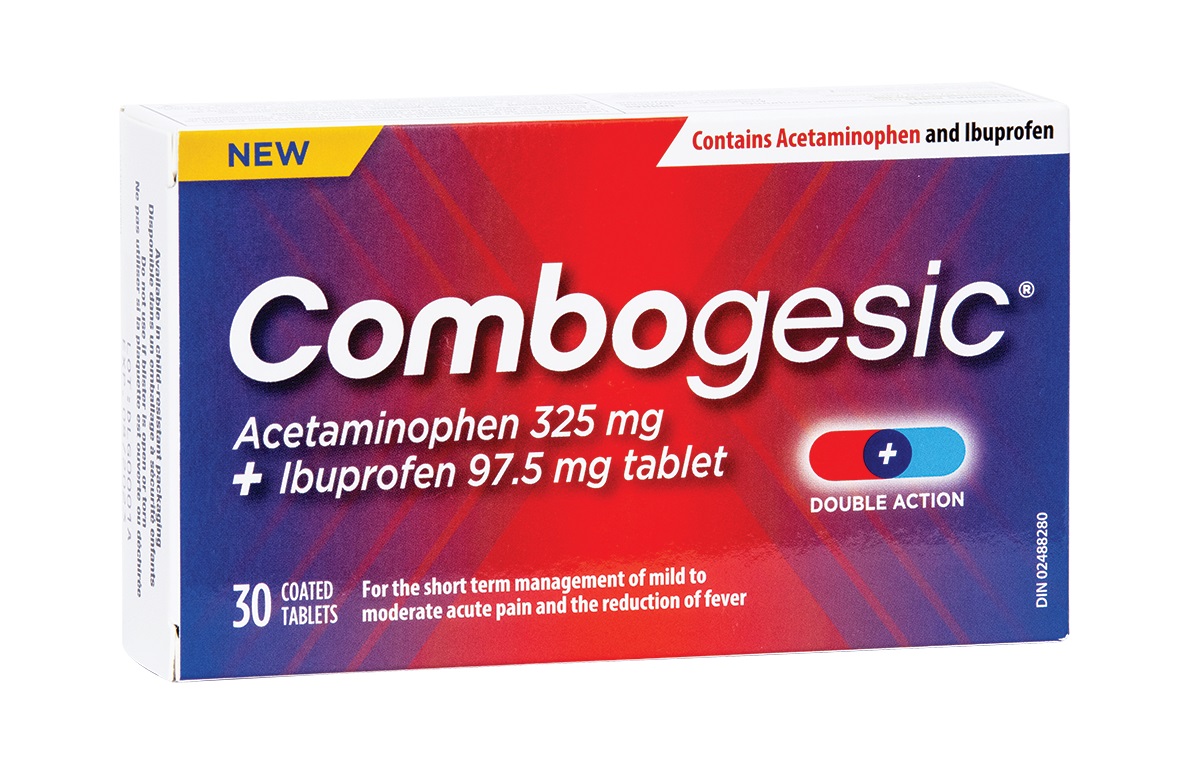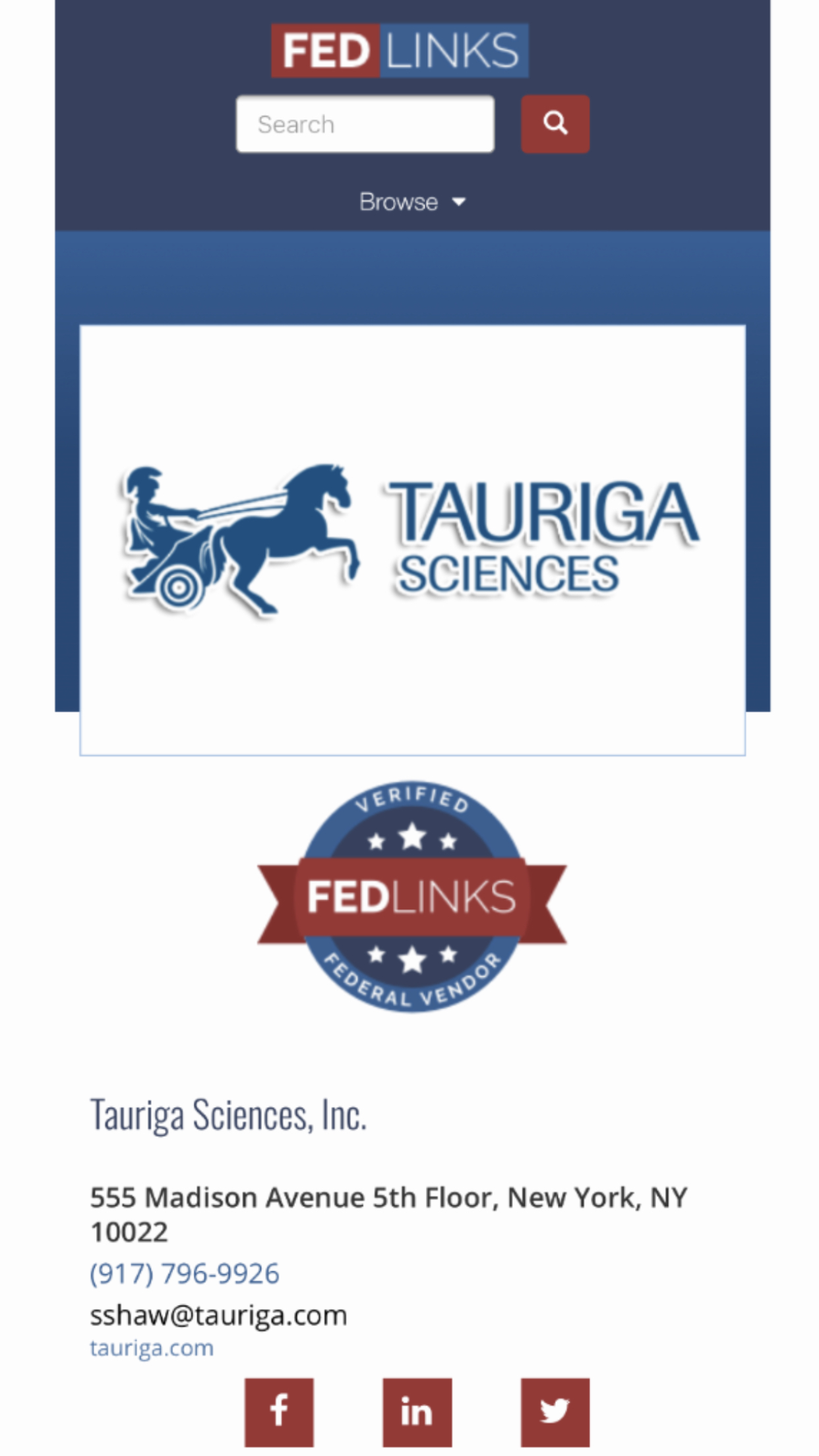Myovant Sciences Announces New Employment Inducement Grants Under NYSE Rule 303A.08
BASEL, Switzerland, Dec. 16, 2020 (GLOBE NEWSWIRE) -- Myovant Sciences (NYSE: MYOV), a healthcare company focused on redefining care for women and for men, today announced that it approved equity awards for 46 new employees with a grant date of December 15, 2020 pursuant to Myovant’s 2020 Inducement Plan. The equity awards were granted to the employees joining Myovant in accordance with NYSE’s Listed Company Manual Rule 303A.08.
View original post here:
Myovant Sciences Announces New Employment Inducement Grants Under NYSE Rule 303A.08


